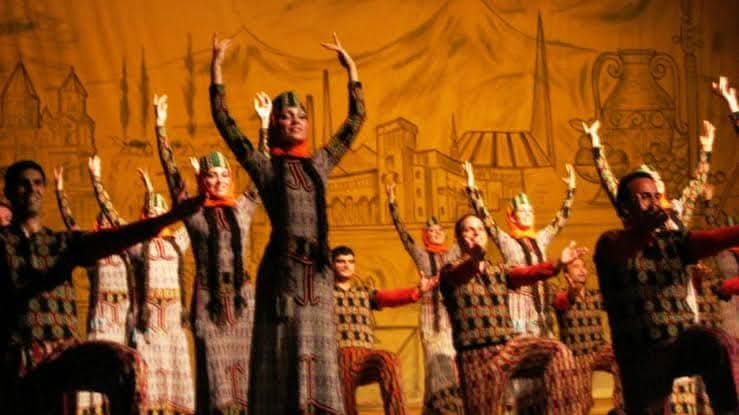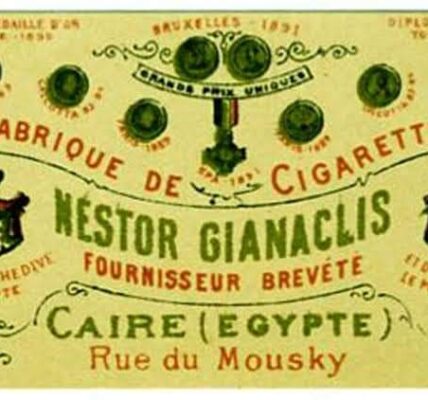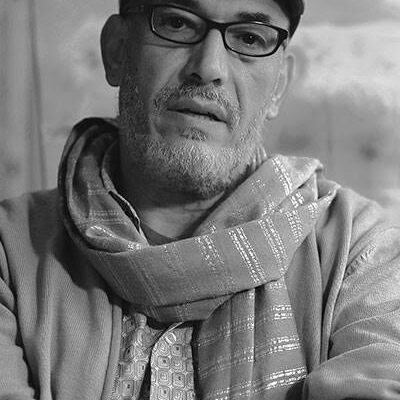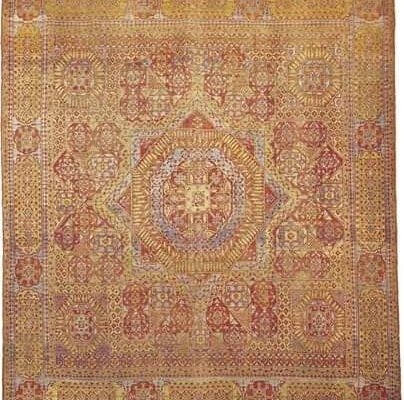A Shakespeare Center at the Institute of Arts was established in Yerevan, Armenia, not long after England established the Shakespeare Foundation. Since the 1850s, there have been at least 50 Shakespearean drama translators, but Hovaness Massehian (1864–1922), a career diplomat of Iranian descent and Parisian education, is still the undisputed master. In addition to Armenian, he also spoke English, French, Persian, Russian, German, Arabic, and Turkish. He began by translating Hamlet in 1894, and in the years that followed, he also translated Romeo and Juliet, The Merchant of Venice, Othello, and Macbeth. Even more of his translations, including Much Ado About Nothing, The Tempest, Julius Caesar, and Coriolanius, were found after his passing. Massehian was a unique person who, during his career in government service, held the position of the Iranian ambassador to Berlin and London
From the early 20th century until his passing in 1937, Hovaness Zarifian directed Shakespearean plays at the Armenian Art Theatre in New York. Elia Kimatian, a former member of the Zarifian acting troupe, organized the Armenian Youth Federation’s theatrical group, which he later directed and staged in New York City. Beginning in the early 1940s, he founded the group, which enjoyed a string of successes up until the mid-1960s
The works of William Shakespeare have been a significant source for Armenian intellectuals throughout Armenia’s historical past
The impact of the USSR
Vavik Vardanyan, a director and educator, was instrumental in the establishment of the Yerevan Theatrical Institute (now the Yerevan State Institute of Theatre and Cinema) in 1944. People who had aspirations of building a brand-new theater stage made up the first generation of the institute’s alumni. Moscow directors were influential due to the close ties between the Soviet acting and directing schools. It should be noted that young directors who start their schools are linked to the history of theater in Soviet Armenia. One of them was Armen Gulakyan, who studied at the Armenian Drama Studio in Moscow (1918–1925), founded on the same principles as the Moscow Art Theatre Studio, under such luminaries as Yuri Zavadsky, Georgii Burdzhalov, Boris Shchukin, and Ruben Simonov. He studied under Alexander Tairov, the director and creator of Moscow’s Kamerny Theatre (Chamber Theatre), watched the growth of the Vakhtang Theatre, and attended plays at Vsevolod Meyerhold’s Theatre. Gulakyan eventually rose to lead the Theatre of Sundukyan
Vardan Adzhemyan, a distinguished theatre director and educator of Soviet Armenian descent, started his career in Tbilisi before moving on to Yerevan
He graduated from the Armenian Drama Studio in Moscow, just like Gulakyan. Adzhemyan returned to his native country after completing his training as a director and worked as an art director at the Theatre of A. Mravyan in Leninakan. Vardan Adzhemyan staged more than 200 plays throughout his career in numerous theaters all over Armenia, greatly influencing the growth of the directing and theatrical arts
Repertory theaters and the directing school were instrumental in the 20th-century transformation of Armenian theater. This is because Armenian actors who appeared on various stages and went on tour with well-known bands were largely responsible for the theater’s fame in the 19th and early 20th centuries. The development of theater was greatly aided by the establishment of the national theater and school
The development of new experimental theaters was influenced by the Soviet past, and today’s theatrical productions in Armenia are concentrated in large cities, particularly the capital. Armenian theater after the fall of the USSR is primarily discussed in terms of state theaters, which does not give a complete picture of the country’s theater scene.




